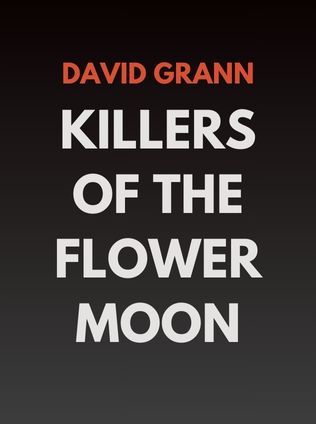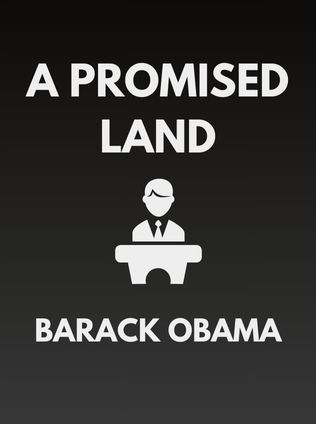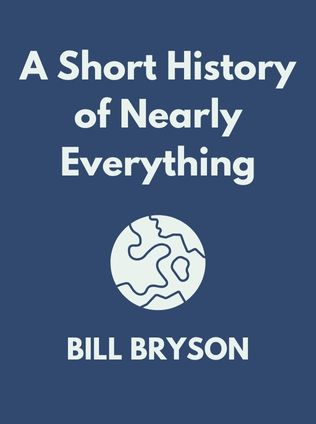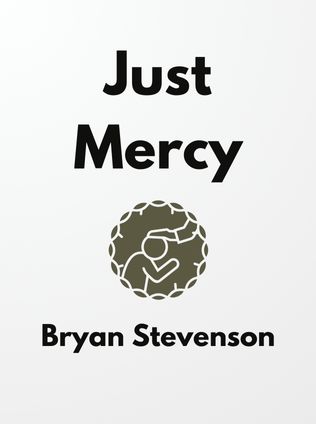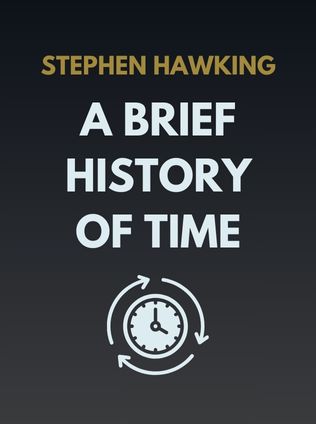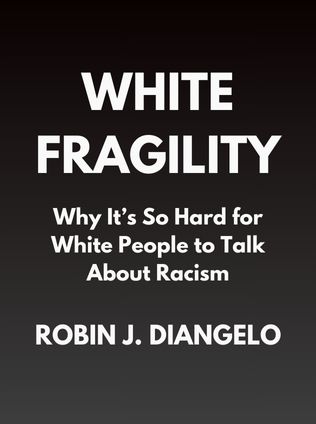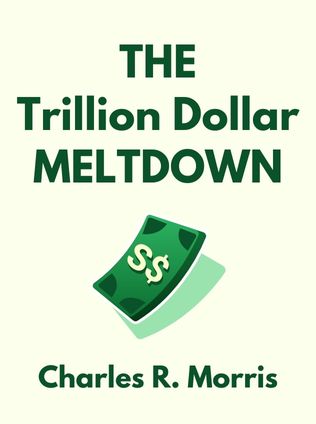
The Trillion Dollar Meltdown
Easy Money, High Rollers, and the Great Credit Crash
By Charles R. Morris
Published 03/2008
About the Author
Charles R. Morris is a distinguished financial writer with a deep understanding of economic trends and policies. A lawyer and former banker, Morris has authored ten books, including The Cost of Good Intentions, which was recognized as one of The New York Times' Best Books of 1980, and The Tycoons, a Barron's Best Book of 2005. His insightful articles and reviews have been featured in prominent publications such as The Atlantic Monthly, The New York Times, and The Wall Street Journal. In The Trillion Dollar Meltdown, Morris brings his expertise to bear on the financial crises that have shaped the modern economy.
Main Idea
The Trillion Dollar Meltdown: Easy Money, High Rollers, and the Great Credit Crash by Charles R. Morris provides a comprehensive analysis of the financial environment leading up to the subprime mortgage crisis and the ensuing credit crash. Morris argues that a combination of reckless financial practices, policy misjudgments, and ideological zealotry has created the most precarious financial environment in recent history. He warns that the necessary restructuring to recover from this crisis will be as painful as the economic hardships of the early 1980s.
Table of Contents
- Introduction
- The Death of Liberalism
- Faith in a Puppet-Master Government
- Friedman's Monetarists
- Wall Street Finds Religion
- Bigger and Riskier
- A Tsunami of Dollars
- Recovering Balance
- No Perfect Markets
- The Other Direction
Introduction
In the introduction, Morris sets the stage for his analysis by highlighting the extraordinary recklessness that characterized the financial markets leading up to the 2008 crisis. He points out that the subprime mortgage debacle was merely a symptom of deeper systemic issues within the financial system, exacerbated by a culture of denial and obfuscation among policymakers and financial leaders.
The Death of Liberalism
Morris delves into the ideological shifts that have shaped economic policy over the past few decades. He explains that modern liberalism, once rooted in the political economy espoused by thinkers like Adam Smith and David Ricardo, has been distorted by the belief that economics is a precise science. This shift led to a faith in technocratic governance and Keynesian economics, which promised that government intervention could reliably produce desired economic outcomes.
"The Keynesian version of political economy that John Kennedy ostentatiously brought to Washington in 1961 was an expression of faith in the potential of high intelligence employed in activist government." - Charles R. Morris
However, Morris notes that this faith often resulted in policies that were more about public appeal than sound economics. He discusses how both John Kennedy and Richard Nixon used Keynesian principles to guide economic policy, sometimes with more focus on political gains than economic stability.
Faith in a Puppet-Master Government
The belief in a puppet-master government, capable of steering the economy through centralized control, reached its peak in the 1970s and 1980s. Morris recounts how the admiration for Japan's industrial policy in the United States reflected a broader infatuation with the idea of a strong central state. However, he points out that this approach often ignored the inherent flaws and eventual downfalls of such centralized economic control, as seen in the prolonged economic struggles of Japan, Germany, and France.
"Without a strong central state and a top professional bureaucracy... America is doomed to economic decline." - Massachusetts Institute of Technology study, cited by Morris
Friedman's Monetarists
With the decline of Keynesian liberalism, Milton Friedman's monetarism emerged as the new guiding principle for economic policy. Morris describes how monetarists emphasized the control of the money supply and minimized government intervention in markets. Ronald Reagan's election in 1980 marked a decisive shift towards these free-market principles, which were believed to unleash the power of capitalism and drive economic recovery.
"While Keynesians prayed to the idol of the quasi-omniscient technocrat, the Friedmanite religion enshrined the untrammeled workings of free-market capitalism." - Charles R. Morris
Wall Street Finds Religion
The 1990s saw the rise of the tech stock boom, fueled by innovations like the Internet and the World Wide Web. Morris explains how the public stock issuance of Netscape in 1995 sparked a frenzy of investment in technology stocks, leading to unprecedented market growth. Federal Reserve Chairman Alan Greenspan's cautious acceptance of a "new paradigm" of non-inflationary growth only added to the exuberance.
"Bubbles are almost always anchored in real developments. The Web and the Internet were truly revolutionary and probably as important as the railroads." - Charles R. Morris
Bigger and Riskier
Morris outlines the increasingly risky financial practices that characterized the late 20th and early 21st centuries. He discusses the rise of new investment technologies, such as large-volume computerized trading and complex structured investment instruments, which revolutionized wholesale banking but also introduced significant vulnerabilities. The shift of financial transactions to unregulated markets, the worsening agency problem, and the reliance on mathematical models all contributed to the creation of a massive credit bubble.
"All three of those trends - the shift of financial transactions to unregulated markets, the steady worsening of the agency problem, and the pretense that all finance can be mathematized - flowed together to create the great credit bubble of the 2000s." - Charles R. Morris
A Tsunami of Dollars
The global financial landscape was further destabilized by the immense flow of dollars into the international market. Morris explains how America's trade deficits were financed by foreign investors, leading to a precarious dependence on foreign capital. The accumulated deficits and the large concentrations of dollar assets held by foreign entities posed significant risks to the stability of the global economy.
"All in all, it's hard to imagine a worse outcome - the United States, the 'hyperpower,' the global leader in the efficiency of its markets... hopelessly in hock to some of the world's most unsavory regimes." - Charles R. Morris
Recovering Balance
Morris argues that the solution to the financial crisis lies in rebalancing the relationship between the public and private sectors. He acknowledges the productive role of government investment in areas such as technology and infrastructure but cautions against the dangers of privileging any industry, including the financial sector. The unchecked growth and coddling of the financial industry, he contends, have led to the current crisis.
Sign up for FREE and get access to 1,400+ books summaries.
You May Also Like
Rich Dad Poor Dad
What the Rich Teach Their Kids About Money - That the Poor and Middle Class Do Not!
By Robert T. KiyosakiFreakonomics
A Rogue Economist Explores the Hidden Side of Everything
By Steven D. Levitt and Stephen J. DubnerI Am Malala
The Story of the Girl Who Stood Up for Education and Was Shot by the Taliban
By Malala YousafzaiFactfulness
Ten Reasons We're Wrong About the World – and Why Things Are Better Than You Think
By Hans Rosling










